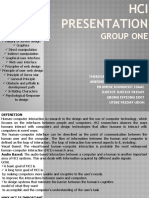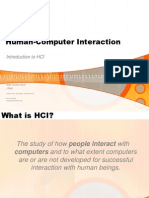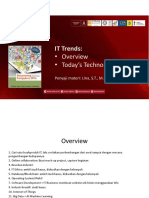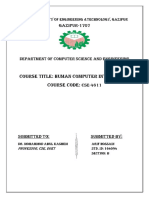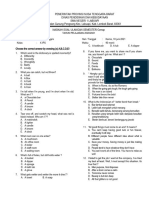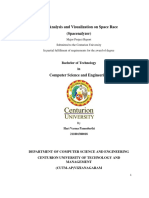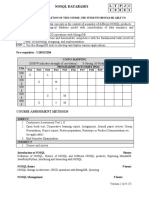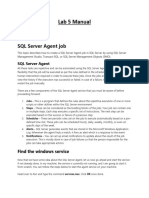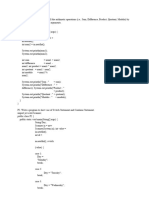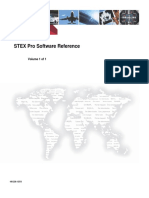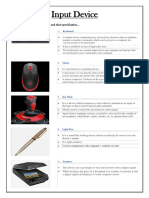0% found this document useful (0 votes)
3 views45 pagesNIT L3 Computer System 2
The document provides an overview of information systems, focusing on human-computer interaction (HCI) and its components, including input and output devices, software types, and interaction styles. It emphasizes the importance of usability in HCI, detailing various software categories such as OS, productivity, creativity, and communication software. Additionally, it discusses different input and output devices, including keyboards, screens, printers, and emerging technologies like gesture recognition and 3D printing.
Uploaded by
sunikigai1Copyright
© © All Rights Reserved
We take content rights seriously. If you suspect this is your content, claim it here.
Available Formats
Download as PDF, TXT or read online on Scribd
0% found this document useful (0 votes)
3 views45 pagesNIT L3 Computer System 2
The document provides an overview of information systems, focusing on human-computer interaction (HCI) and its components, including input and output devices, software types, and interaction styles. It emphasizes the importance of usability in HCI, detailing various software categories such as OS, productivity, creativity, and communication software. Additionally, it discusses different input and output devices, including keyboards, screens, printers, and emerging technologies like gesture recognition and 3D printing.
Uploaded by
sunikigai1Copyright
© © All Rights Reserved
We take content rights seriously. If you suspect this is your content, claim it here.
Available Formats
Download as PDF, TXT or read online on Scribd
/ 45



